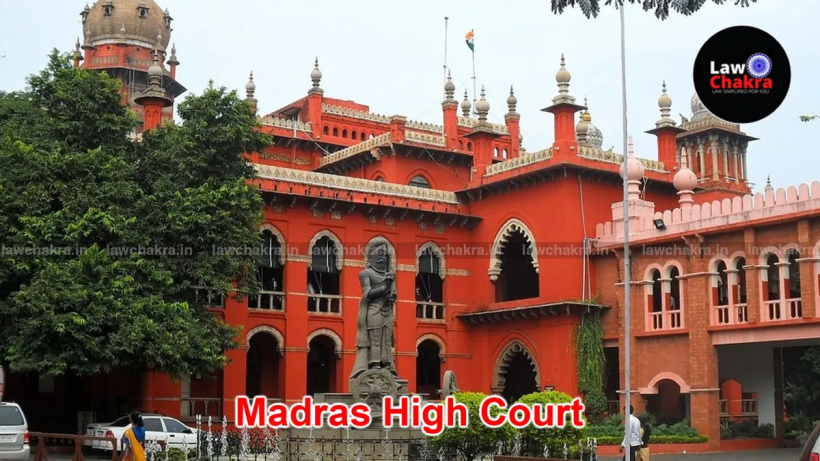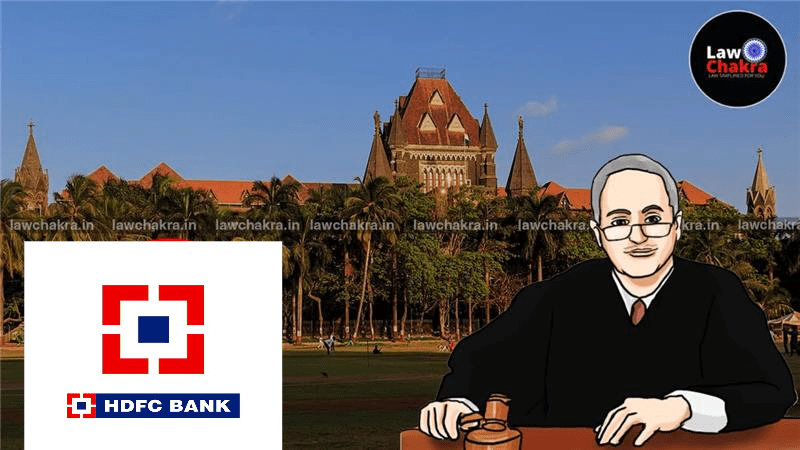Dargah Vs Temple Rights Clash

Thank you for reading this post, don’t forget to subscribe!
One judge upheld religious freedom to sacrifice animals, while the other demanded proof of historical practice before allowing it. Matter now goes to Chief Justice.

Chennai: On Tuesday, the Madras High Court gave a split verdict in a set of petitions related to the performance of animal sacrifices and religious practices at the Sikkandar Badhusha Dargah, located on Thiruparankundram Hills in Tamil Nadu.
The matter was heard by a Division Bench consisting of Justice J Nisha Banu and Justice S Srimathy. However, both judges had differing opinions on key issues such as allowing animal sacrifices and the naming of the hill as “Sikkandar Malai”.
Justice Nisha Banu ruled against banning animal sacrifices and Muslim gatherings at the Dargah.
ALSO READ: Former Chief Justice Chandrachud Named PETA India’s 2024 ‘Most Influential Vegan’
In contrast, Justice S Srimathy held that the Dargah must first go to a civil court and provide proof that the practices of Kandoori animal sacrifice and religious prayers on Ramzan, Bakrid, and other Islamic festivals existed before the year 1920.
Until such evidence is submitted and verified, the court said these practices cannot be considered as established customs.
The batch of six petitions before the court included requests from several individuals and members of Hindu and Jain organizations.
These petitioners wanted a ban on animal sacrifice, a restriction on religious gatherings near the Arulmigu Subramaniya Swamy Temple, and official recognition of the hill as “Samanar Kundru” due to its Jain historical links.
Justice Nisha Banu, while rejecting these pleas, made it clear that animal sacrifice is not exclusive to the Dargah.
She pointed out that similar rituals are carried out in many nearby Hindu temples and said it is wrong to selectively target one religion.
She stated:
“Given that ritual animal sacrifices are traditionally performed in multiple Hindu temples across the Madurai region, a blanket prohibition would amount to discriminatory enforcement. Animal Sacrifice, being an established religious practice, is observed not only in the Dargah but also in several Hindu Temples across the country, and therefore the same cannot be selectively banned. The counter affidavit filed by the District Collector also corroborates this position.”
Justice Banu further noted that under Article 25 of the Indian Constitution, all individuals have the right to practice and follow their religion, including rituals such as animal sacrifice.
This right can only be limited by a law made by the state under Article 25(2), and not by courts directly. She emphasized that courts should not interfere in matters related to religious customs unless there is a legal restriction.
ALSO READ: Gauhati High Court Bans Buffalo, Bulbul Fights After PETA’s Petition
She said:
“Rituals, observances, ceremonies and mode of worship are regarded as integral parts of religion, which will even extend to matters of food and dress and no outside authority has any jurisdiction to interfere with such practices.”
On the other hand, Justice S Srimathy disagreed with Justice Banu’s view. She said there was no historical or documentary proof provided to show that animal sacrifice was an ancient practice at the Dargah. She doubted the claim that this custom had been followed since time immemorial.
She observed:
“Interestingly it is seen that there is no meat stall in Sannadhi Street, around 300 meters from the temple there is no meat stall, there is no broiler chicken stall for more than 300 meters. In fact most of the marriage halls in Thiruparankundram do not allow non vegetarian cooking at all. All these facts state how the devotees protect the holiness of the Thiruparankundram Hill and the Subramaniya Swamy Temple.”
She also took serious note of a pamphlet that promoted the slaughter of goats and chickens at the Dargah, calling it a provocation intended to cause tension between communities.
She remarked:
“This Court is of the considered opinion that the pamphlet stating slaughtering of goat and chicken in Sikkandar Dargah is definitely mischievous and malicious. The same would clearly lead to communal disharmony. Further the people who came to dargah with the malicious pamphlet had painted the Jain caves in green paints. Also the sign boards stating “Way to Kasi Viswanathar Temple” was also painted with green paints. These acts are carried on by the people who issued the malicious pamphlet is highly condemnable. The official respondents are directed to take action against the persons involved in such malicious act.”
Justice Srimathy issued directions regarding how the hill should be referred to. She said the hill should only be called “Thiruparankundram Hill” and not by any other name like “Sikkandar Malai” or “Samanar Kundru”.
She added that the sanctity of the hill must be preserved and no mining or quarrying should be allowed.
As for the religious practices, she ruled that the Dargah must approach a civil court to prove with proper records that the customs such as Kandoori animal sacrifice and religious prayers were followed before the year 1920.
Only after that could these practices be officially recognized. However, she did allow the Dargah to continue its Santhanakoodu festival.
She also addressed the issue of electricity supply at night. Since both the Kasi Viswanathar Temple and the Sikkandar Dargah are closed after 6 PM, she held there was no need for any nighttime electricity at the site.
Case Title:
M. Kannan @ Solai Kannan v. The District Collector and Others
Read Order:
Click Here to Read More Reports On Domestic Violence





